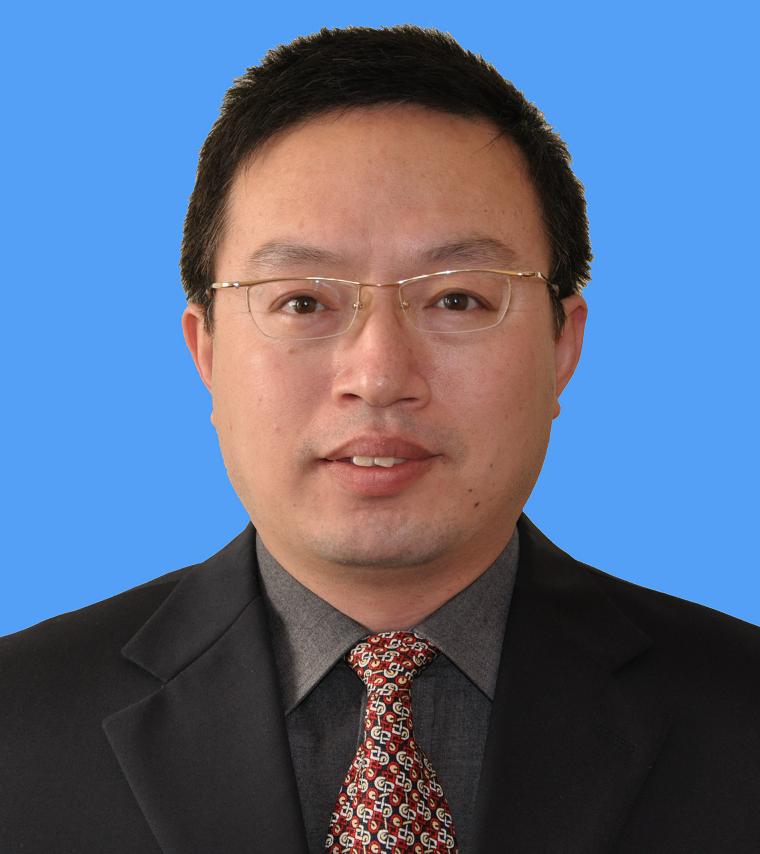In a speech delivered at the Tokyo Institute of Technology on April 15th, US Secretary of State John Kerry spoke of America’s “Pacific Dream”. This speech was a clear response to President’s Xi Jinping’s “China Dream.” It is largely believed that Kerry’s speech in Tokyo, the third leg on his Asian trip after South Korea and China, was charting the course for America’s Asia Pacific policy for the next four years.
Kerry’s predecessor, Hillary Clinton, had passionately argued for the attention of the US to be focused on East Asia, often causing tension in the region. Now Kerry is trying to cloak this aggressive, realist style of diplomacy, with a mantle of idealism. The new diplomatic style has added a tint of “tenderness” to the Obama administration’s foreign policy and obviously represents the US’ ideals about its relations with the region. China should treat it with ease rather than with a mindset of confrontation.
The “return to the Asia Pacific” strategy President Obama adopted in his first term of office often featured military exercises. A major consideration in the strategy was to counterbalance the influence of a rising China, causing major skepticism amongst China’s strategists. Since Obama was first elected, the US has become involved in the South China Sea disputes. This only intensified suspicions between China and the US about each other’s strategic intentions. Kerry’s “Pacific Dream” is a new way to state the US strategy of a greater focus on Asia.
Under Kerry, the Asia Pacific strategy of the United States is already becoming more comprehensive and multidimensional. Although Kerry will continue promoting it, the “return to Asia Pacific” strategy will not solely rely on military means. Political, economic and diplomatic measures will also be adopted. This is exactly what Kerry meant when he said in his speech, “President Obama made a smart and strategic commitment to rebalance our interests and investments in Asia.”
Furthermore, the US global diplomatic strategy is also being “rebalanced”. A major part of Obama’s readjustment of this strategy is to attach equal importance to Europe and the Middle East while “returning to Asia Pacific”. On the issue of anti-terrorism, the bombing at the finish line of the Boston marathon has put Americans on edge again although the issue was no longer an overwhelming issue on their agenda. With the spread of extremists and violent conflicts, especially after various terrorist organizations took the opportunity of al Qaeda’s near disintegration to extend their influence in North Africa and Central Asia, the Obama administration will shift part of its attention to these two areas instead of focusing on Middle East and South Asia exclusively.
Additionally, economic issues now occupy the main position in the US diplomatic strategy. Kerry defined his “Pacific Dream” as striving for “strong growth, fair growth, smart growth and just growth”. Obviously the US hopes its diplomatic strategy will boost its economic recovery and help reinforce its status as the world’s sole superpower.
Fourth, the US wants to rebalance its relationship with China. In a recent speech delivered at the Asia Society in New York, White House National Security Adviser Tom Donilon said China is one of three pillars of the US strategy that also includes regional alliances and economic interests. Obviously, the Obama administration is trying to tone down the rhetoric being used toward China. In his Tokyo speech, Kerry also said that the US welcomed “China’s strong statement of its commitment to the denuclearization of the Korean Peninsular” and appreciated “China’s exploding investments into clean and alternative and renewable energies” over the past decade. He also said he had told Chinese leaders “the US and the world benefit from a stable and prosperous China that assumes the responsibilities of a great power.” He said China should play a key role in world affairs but should also play by the rules. He told his audience: “I’m pleased to tell you that we have had more high-level engagement and dialogue with China than ever before, and I believe it is constructive and productive.” He continued: “Even as we are clear-eyed about our differences – and we will be, and there are differences – we are committed to building a comprehensive and a co-operative partnership that allows us to work together in mutual respect.”
Every nation has the right to pursue its dream. The Pacific Dream and China Dream should not be pitted against each other. Instead, they should be viewed highly complementary. In his recent visit to Africa, Chinese President Xi Jinping explained his ideals about the China Dream, the Africa Dream and the World Dream. With that said, it is important to note that China and the US are trying to establish an unprecedented new type of relationship between global powers. On this topic, Kerry also said, “Our Pacific Dream is to translate our strongest values into an unprecedented security, economic, and social co-operation.” In each of the efforts – growing strong, growing fair, growing smart and growing just, he said, “China is, of course, a critical partner.”
Both China and the US are Pacific nations, who have become highly reliant on each other. There is certainly competition between the two, however there is also co-operation that carries greater weight in the bilateral relationship. In this problem-riddled Asia Pacific region, neither China nor the US has the veto power on many of the most pressing issues. The leadership of both countries have begun co-operation in dealing with regional conflicts and non-traditional security threats. In regards to Kerry’s Pacific Dream, we hope that constructive dialogue, rather than unilateral decisions, will chart its course.
Fu Mengzi is the Vice President of the China Institutes of Contemporary International Relations.

